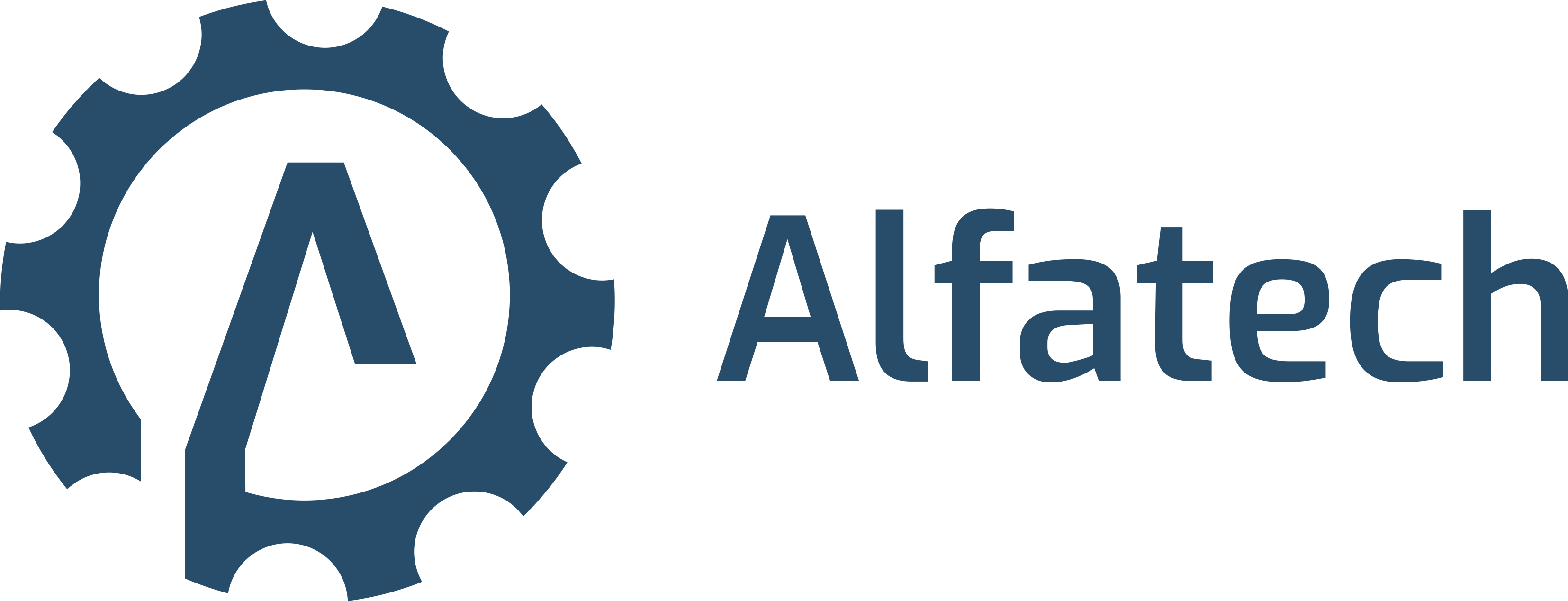
In many non-arable regions of the world, fertilizers have made a massive contribution to food production and feeding a growing global population. Fertilizers both increase crop yields and reduce the amount of land needed for agriculture, but excessive use has also contributed to environmental pollution by permeating the soil, air and water. The challenge, therefore, is to use them efficiently while minimizing their ecological side-effects.
A fertilizer is any material of natural or synthetic origin that’s applied to soil or plant tissues to supply nutrients. Many sources of fertilizer exist, both natural and industrially produced, and contain three main macronutrients: nitrogen (N), phosphorus (P) and potassium (K). Farmers apply these fertilizers in a variety of ways – dry, pelletized or liquid – to keep up the soil fertility with key nutrients for growing crops or ensure pasture growth to feed animals.
In the agricultural nutrient lifecycle, nitrogen is a key element. Nitrogen makes up for almost 80 percent of the Earth’s atmosphere and is vital for life and growth on our planet. As a harmless and inert gas, it lays the foundation for proteins in our bodies and helps to increase soil quality. However, since the beginning of the 20th century, the levels of reactive forms of nitrogen that are released into the planet’s soil, waterways and atmosphere, have increased excessively.
Nitrogen-fixing chemical processes led to a significant rise in the use of nitrogen fertilizers in the latter half of the 20th century (800 percent increase between 1961 and 2019) and has been a crucial component of the more efficient production of conventional food systems (more than 30 percent per capita). But, on the downside, much of this “added” nitrogen is subsequently lost and needs to be replaced.
Research by the Centre for Ecology & Hydrology in the UK shows that, throughout the entire “farm to fork” value chain 80 percent of nitrogen is wasted and emitted to the environment.1 To make farming more sustainable, reducing nitrogen waste and recycling this valuable resource has become a critical goal. In total, it is estimated that greenhouse gas-efficient technologies and practices could contribute to a 20 percent emission reduction in the farming sector by 2050.2 And it does not have to be difficult: simple actions such as putting a lid on manure lagoons, which stops ammonia being lost to the atmosphere, is already good agricultural practice in many countries.
Turning nitrogen emissions into sustainable fertilizer
 The GEA ProManure E2950 manure enricher
The GEA ProManure E2950 manure enricher
In a long-term, exclusive and strategic partnership with Norway-based N2 Applied, the two companies have collaborated to provide a manure processing solution for the dairy farming industry. The GEA ProManure E2950 turns manure into enriched fertilizer and, at the same time, reduces the farm’s overall greenhouse gas emissions by up to 30 percent.
Adel Sharifi, Senior Director of Manure Processing at GEA, explains the functionality of the manure enricher. “The technology augments the organic substrate with nitrogen from the air, creating nitrogen enriched organic (NEO) fertilizer. The enrichment process also makes the fertilizer slightly acidic, which stops the formation and emission of ammonia (NH3) during storage and application. It also inhibits the formation of methane (CH4), which leads to a reduction in greenhouse gas emissions and prevents the loss of organic carbon. This gives NEO great potential as an environmental and economic solution for sustainable agriculture.”
In addition, data from recent performance trials demonstrate that NEO fertilizer uses nitrogen 59 percent more efficiently when applied to crops and grasses compared with untreated slurry. This means that a far higher level of nitrogen is retained within the treated slurry rather than leaching into soils and waterways. These results represent a significant breakthrough in terms of circular agriculture, underlining the fact that plasma treatment technology can be used to produce NEO material on-site in a viable and reliable way. Moreover, this innovative manure management technology results in shorter value chains and reduces the need for fossil fuel-based chemical fertilizers.
Sustainable dairy farming that meets environmental regulations
 The Dyson family: next generation farmers
The Dyson family: next generation farmers
Dairy farmer Neil Dyson from Holly Green Farm in Buckinghamshire, UK, has been working with the system for two years and sees several advantages of NEO. “Working with a 500-cow herd, the new technology allows for more efficient slurry use. Previously, we mainly had to spread it on agricultural fields further away from the residential area, now we can use it on all fields with its best impact”, he states.
A big challenge faced by farmers like Neil is the need to apply manure on fields close to residential homes. The odor can be unpleasant! However, the treated NEO slurry has no smell, but double the amount of nitrogen. So, less slurry is needed to achieve the same result.
Neil’s daughter Susannah and son-in-law Adam are also part of the family business and will continue to manage the farm in the future. The treatment of the slurry helps them to meet environmental regulations, make best use of the manure and remain independent of chemical fertilizers. Running the system on solar energy also contributes to Holly Green Farm’s sustainability credentials.
“If you run a family farm that has more than 100 years of history, you think and plan long-term. As a next-generation farmer, sustainability is critical,” Neil adds. The family is convinced that GEA’s efficient solutions will enable them to continue dairy farming in an ecological, flexible and animal-friendly way.
 Holly Green Farm (Buckinghamshire, UK) is making dairy farming more sustainable by using low-carbon fertilizers
Holly Green Farm (Buckinghamshire, UK) is making dairy farming more sustainable by using low-carbon fertilizers
References
1. Nitrogen Grasping the Challenge (Summary Version).pdf (inms.international)

